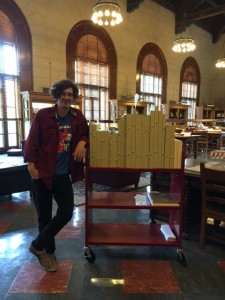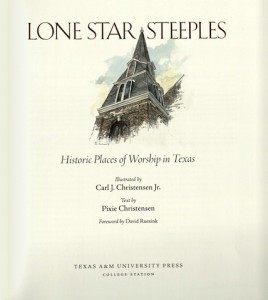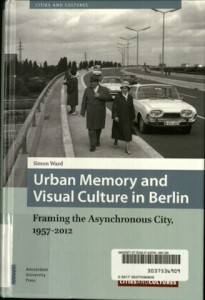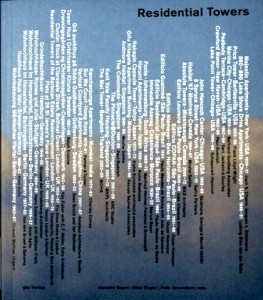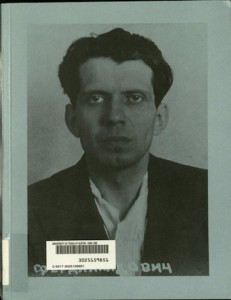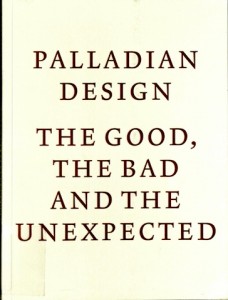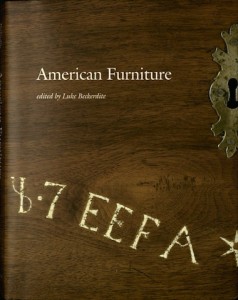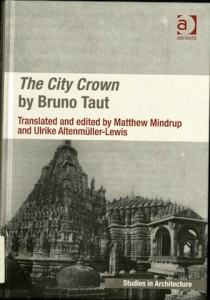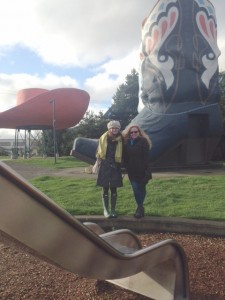 Last spring, the Architecture and Planning Library piloted a new lecture series with the mission is to promote innovative scholarship and build a community of practice of Digital Scholars both on a local and national scale. To that end, we developed the lecture series, Digital Scholars in Practice (DSiP), which provides a platform for scholars – who conduct research through digital technologies, who conduct research on digital technologies, and who critically examine digital technologies – to share their research with the UT academic community.
Last spring, the Architecture and Planning Library piloted a new lecture series with the mission is to promote innovative scholarship and build a community of practice of Digital Scholars both on a local and national scale. To that end, we developed the lecture series, Digital Scholars in Practice (DSiP), which provides a platform for scholars – who conduct research through digital technologies, who conduct research on digital technologies, and who critically examine digital technologies – to share their research with the UT academic community.
The primary focus of the lecture series is to connect those interested in digital scholarship with each other, and we also seek to introduce the work, theories, methodologies, and practices of digital scholars to the campus community. In doing so, we hope to engage in the much larger debates around digital scholarship and to situate UT Libraries as a locus of Digital Scholarship.
The spring pilot included two s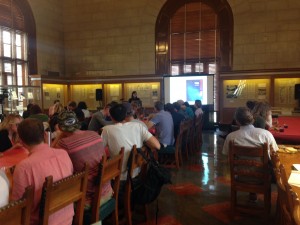 peakers and an accompanying workshop. Danelle Briscoe was our first speaker. She is an associate professor and the Meadows Foundation Centennial Fellow in Architecture. Professor Briscoe’s lecture, Archiving the Information Model, focused on the research from her new book, Beyond BIM: Architecture and Information Modeling.
peakers and an accompanying workshop. Danelle Briscoe was our first speaker. She is an associate professor and the Meadows Foundation Centennial Fellow in Architecture. Professor Briscoe’s lecture, Archiving the Information Model, focused on the research from her new book, Beyond BIM: Architecture and Information Modeling.
Our second speaker was Ed Triplett, a recent graduate from the Departmen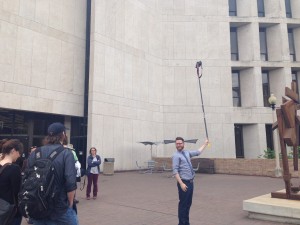 t of Architectural History at the University of Virginia and currently a Council on Library and Information Resources Postdoctoral Fellow at Duke. His lecture, Mapping and Modeling the Christian Reconquest of Muslim Iberia, discussed his dissertation research and his use of photogrammetry and GIS as applied to his research questions. He also led a work shop on photogrammetry, Capturing Large, Sculptural Art and Architecture with Photogrammetry, in the Scholars Commons Data Lab in PCL. Both the lectures and workshops were well attended and received positive feedback.
t of Architectural History at the University of Virginia and currently a Council on Library and Information Resources Postdoctoral Fellow at Duke. His lecture, Mapping and Modeling the Christian Reconquest of Muslim Iberia, discussed his dissertation research and his use of photogrammetry and GIS as applied to his research questions. He also led a work shop on photogrammetry, Capturing Large, Sculptural Art and Architecture with Photogrammetry, in the Scholars Commons Data Lab in PCL. Both the lectures and workshops were well attended and received positive feedback.
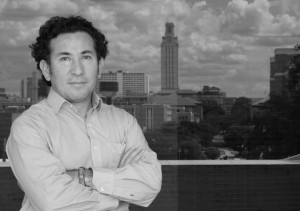
Our first lecture of the new term will feature, Benjamin Ibarra Sevilla from the UT’s School of Architecture. Using digital technologies, Professor Benjamin Ibarra will address the challenge of representing and explaining the details and intricacies applied in the design, development, and construction of three sixteenth-century buildings constructed in the Oaxacan Mixteca. His research has received numerous awards.
The lecture will be held in the reading room of the Architecture and Planning Library in Battle Hall on November 17, 2016 from 12pm – 1pm. If you are interested in attending, please RSVP: https://utexas.qualtrics.com/SE/?SID=SV_d4rBpNcolxYTVel.
This semester APL formed a partnership with the newly founded Digital Scholarship team in UT Libraries. We look forward to collaborating with this new unit to promote the work of Digital Scholars on campus. Moreover, we hope the partnership will broaden our network of Digital Scholars. We are also currently developing a website for the lecture series and working to archive the recordings from the lectures.

